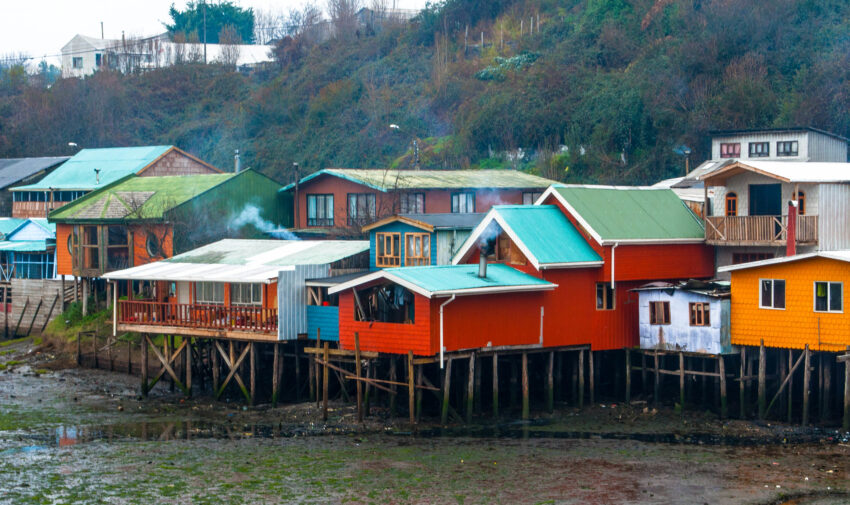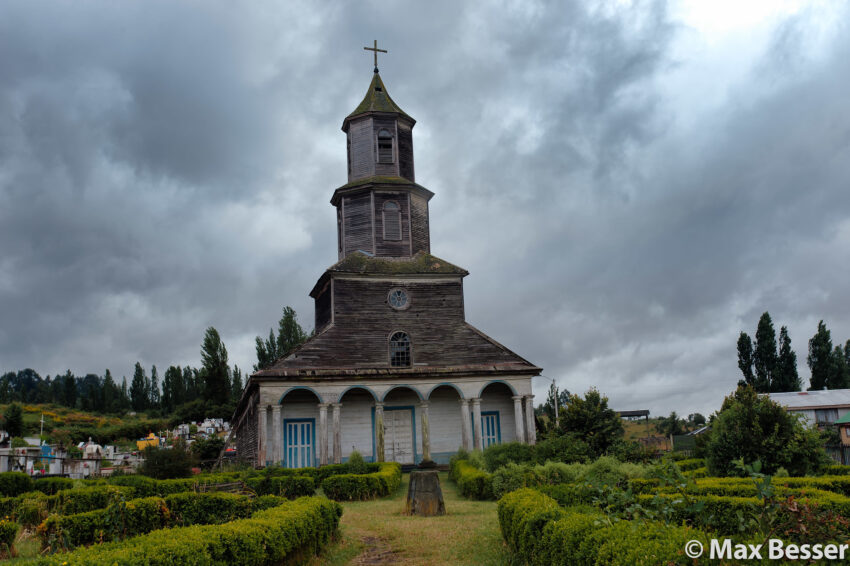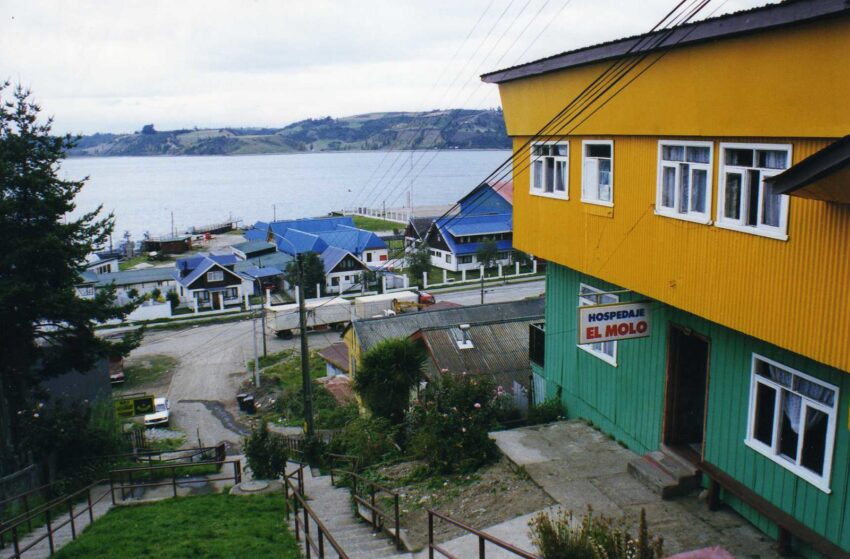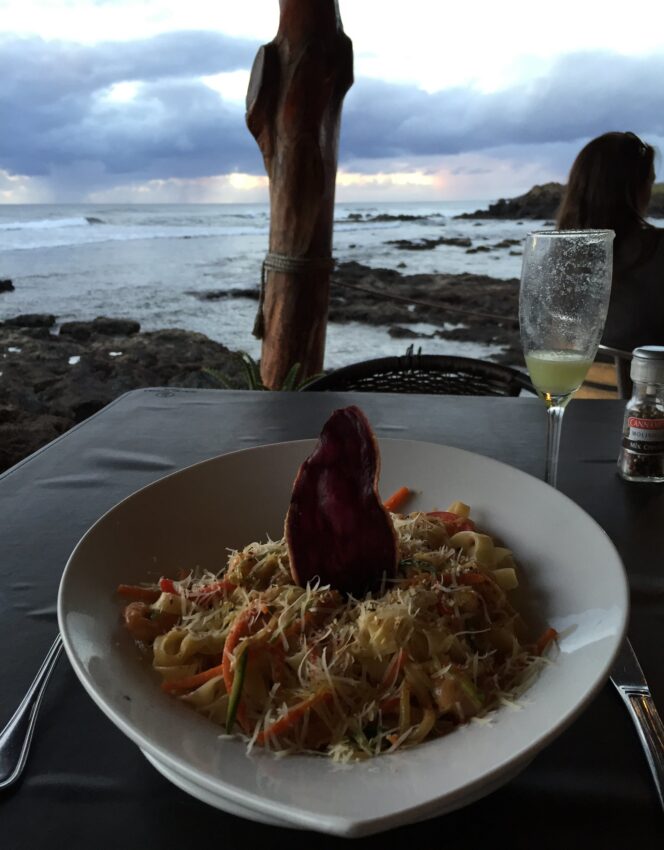
In Chile, a few kilometers from the mainland, is the largest island of the Chiloé archipelago: Isla Grande de Chiloé. This island is 190 km long and 64 km wide at its widest point.

Surrounded by fog that falls on the sea, Castro is the capital of the island and is full of what locals call palafitos, wooden stilt houses that stand out of the water in thin posts, also made of wood. You can hear and you can see the seagulls surrounding trawlers looking for fish, and the fish in the water escaping from the birds.

In a way, churches are also a significant sign of this island, since it is a reminder of the days when the Jesuits made their mission in the local people. There are 16 churches that are considered a National Historic Landmark. The Jesuits arrived in the 17th and 18th centuries, they shaped the island into their European culture and built the churches with the architecture they knew. A fusion of Christianity and indigenous beliefs, tales of the sea, ghost ships and monsters, make the island rich in folklore.

The island has the majority of its inhabitants on the east side, since in that area there are communities of fishermen and farmers, wood churches painted in bright colors and other places.

On the west coast of the island you can find the Chiloé National Park, home of the Chilote fox and the pudú, a deer in miniature size; many people visit the national park just to meet these two species. You can walk this park through the walking trails that will take you through miles across the temperate forest and along the unspoiled coastline.

Delight yourself with the island’s gastronomy, try Curanto, a type of very famous seafood stew, or potato bread, which can also accompany the Curanto, accompanied by gold liqueur, a fruit-based liquor made of apples, berries and lemon peel.

You can visit the island in the summer months, from November to February,it is the best time to make the trip, since the weather is wet and cool. In addition, you can enjoy the traditional Costumbrista Festival in Castro, in the month of February, a great celebration that covers all the cultural aspects of the island.

Take a flight from Santiago de Chile to Puerto Montt, then go southeast towards Paragua and take a ferry that goes from the Chacao channel to Grande de Chiloé, a trip that takes around 30 minutes.
We recommend you stay on the island for four or five days so you have time to enjoy yourself to the fullest, explore its main cities and activities, visit Castro and Ancud, where you can find great craft fairs, carved in wood and textiles, admire the flora and wildlife and tour the reserves and the National Park of Chiloé. If you have more days, take into account to go around the less populated peripheral islands that make up the archipelago.
If you loved this article or found it useful, don’t forget to share it with your adventurous and travel-hacking friends! If you want more post like this, follow us on Youtube, Instagram, Pinterest, Twitter or Facebook and subscribe to our newsletter!

